CHIRP Report: Pilot welfare when boarding
A case where the dismissive attitude toward the pilot’s safety reflects a poor on-board safety culture…
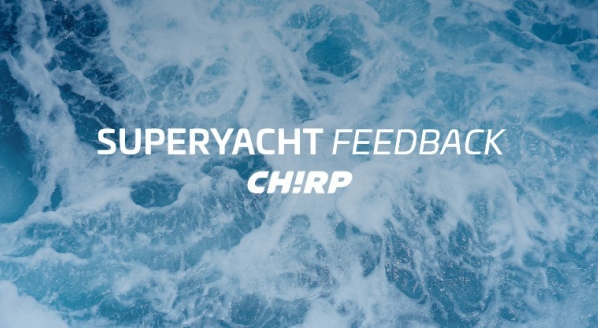
The following case study is from CHIRP Maritime’s Superyacht Feedback. It is the first superyacht-specific programme and publication dedicated to improving safety in the maritime industry through vital knowledge sharing, anonymous reporting, analysis and feedback via the Superyacht Maritime Advisory Board.
Initial report
CHIRP received a report from a pilot concerning a non-compliant boarding arrangement and an apparent lack of care from the vessel’s crew.
The pilot ladder was suspended from the deckhead and failed to rest flush against the ship’s side due to hull belting – a set-up that did not meet safe boarding standards.
Although a small shell door was available for safer access, large fenders had been rigged on either side. When the pilot requested that these be removed to facilitate safe boarding, the master refused, citing concerns about damage to the paintwork.
The pilot assessed the situation and stated that boarding would not proceed unless the obstructions were cleared. Eventually, the fenders were removed and boarding took place via the shell door. The event was filmed from the bridge wing and by crew members, which contributed to the pressure and unease the pilot felt.
During boarding, the duty pilot struck his head, sustaining a minor injury. The crew did not inquire about the pilot’s welfare or offer first aid. Instead, he was handed a pair of overshoes to protect the deck from being dirtied.
CHIRP comment
Safety regulations around pilot boarding exist because failure to follow them can and does result in injury or worse.
Here again is a common design problem often reported to CHIRP. There appears to be a lack of integrated thinking when designing superyachts. Crews should not be placed in unsafe situations due to poor design decisions made remotely by those who will not operate the vessels. Collaboration is essential during the design phase for new builds, involving input from all stakeholders, including designers, owners, flag authorities, class societies, crew, contractors and pilots.
This report reminds us that pilots are contractors and guests, yet they remain vital maritime professionals. The safe transfer of the pilot is not optional; it is compulsory, and their physical safety and well-being must be taken seriously. The revision to ISO 799, which specifies new requirements for ship’s pilot ladders, comes into force in 2028.
Currently, owners are accepting vessels from builders that are not compliant, which places a greater burden on flag states and classification societies to ensure that they comply with SOLAS. CHIRP will raise these concerns with the flag states.
Key issues relating to this report
Culture – The dismissive attitude toward the pilot’s safety – prioritising paintwork over people – reflects a poor on-board safety culture. A culture that does not respect external personnel or reporting lines weakens trust and increases risk.
Communication – The master’s refusal to remove the fenders and the failure to explain or resolve the issue collaboratively suggest a lack of effective communication between the ship and the pilot. Effective communication is crucial for achieving shared situational awareness and making informed, coordinated decisions.
Alerting – The pilot raised a safety concern, which was initially ignored; this constitutes a failure to act on an alert. Ignoring or dismissing raised concerns discourages others from speaking up and undermines the effectiveness of safety systems.
Teamwork – Boarding a vessel is a collaborative effort between the ship and the pilot. Filming the event and failing to help shows a breakdown in cooperative behaviour and mutual respect, key elements of effective teamwork.
Situational awareness – The lack of recognition that the pilot had been injured, combined with the absence of any first aid or welfare check, indicates poor situational awareness. The crew was not entirely focused on what was happening around them or the seriousness of the event.
Key takeaways
Seafarers – Every visitor is your responsibility. Pilots and contractors are part of your extended team. They deserve the same duty of care as your crew. Ensure safe boarding arrangements, treat visitors with respect and help without hesitation. A clean deck is no excuse for a dirty attitude.
Managers – Safe access is not optional, it’s the law. Boarding arrangements must meet SOLAS requirements every time. Pressure to protect paintwork cannot outweigh the safety of personnel. Set clear expectations with your crews: all visitors, especially pilots, must be welcomed safely and professionally.
Regulators – Standards must protect people, not paint. Incidents like this show how operational decisions can put reputations – and lives – at risk. Regulators must reinforce the message that the duty of care extends to all personnel boarding a vessel and that non-compliant set-ups or dismissive behaviour are unacceptable.
To register to CHIRP or submit your feedback, please click here.
Profile links
NEW: Sign up for SuperyachtNewsweek!
Get the latest weekly news, in-depth reports, intelligence, and strategic insights, delivered directly from The Superyacht Group's editors and market analysts.
Stay at the forefront of the superyacht industry with SuperyachtNewsweek
Click here to become part of The Superyacht Group community, and join us in our mission to make this industry accessible to all, and prosperous for the long-term. We are offering access to the superyacht industry’s most comprehensive and longstanding archive of business-critical information, as well as a comprehensive, real-time superyacht fleet database, for just £10 per month, because we are One Industry with One Mission. Sign up here.
Related news
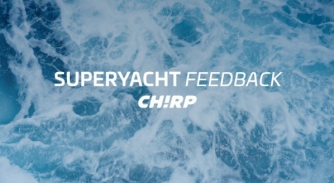
CHIRP Report: Near miss – escape route blocked
Why systems must be physically checked after the design phase to confirm they work together in real-life conditions
Crew
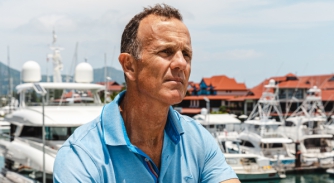
The value in crisis
In this interview, Brendan O’Shannassy calls for a values-based revolution to future-proof the industry and reclaim its potential
Crew
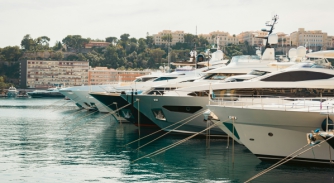
Rethinking superyacht operations: a call for culture change
Christophe Bourillon, CEO of PYA, on the cultural gap between the standards owners apply in their corporate lives and those they bring to their yachts
Owner
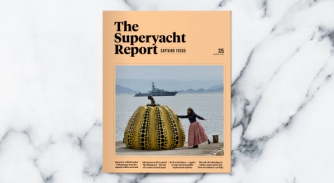
The Superyacht Report 225: Captains Focus – out now!
Real stories from the helm on leadership, operations, culture and life at sea hot off the press. Get your digital copy of TSR 225 here
Opinion
Related news
CHIRP Report: Near miss – escape route blocked
3 months ago
The value in crisis
5 months ago
The Superyacht Report 225: Captains Focus – out now!
5 months ago
NEW: Sign up for
SuperyachtNewsweek!
Get the latest weekly news, in-depth reports, intelligence, and strategic insights, delivered directly from The Superyacht Group's editors and market analysts.
Stay at the forefront of the superyacht industry with SuperyachtNewsweek



